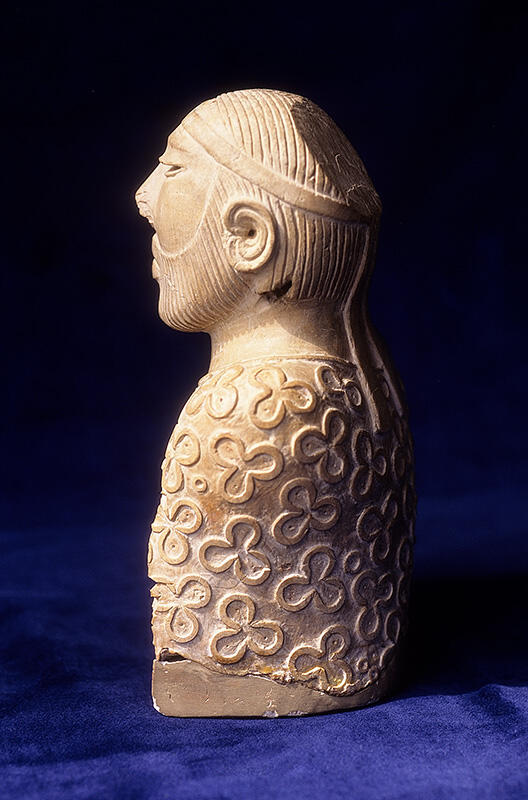An interesting series of reflections on how we have viewed the ancient Indus through the prism of whatever archaeological priorities or worldviews were in fashion then, and how the evidence, slowly, can push against these preconceptions. The work of early archaeologists Stuart Piggott, Sir Mortimer Wheeler, V. Gordon Childe is taken on; they primarily published in the 1940s through the 1960s, but their ideas continued to influence Indus archaeology long afterwards.
The so-called "granaries" at Harappa and Mohenjo-daro are the focus of the discussions - crudely, were they meant (including the areas around them) for slaves or subordinated communities, or, on the contrary, did they house acetic priests who ruled the cities in some form? Similarly they discuss the "lower" and "upper town" division in ancient Indus cities that has been thought to represent two different classes of residents, with the wealthy elites living in the "upper town" of course - except that data like the locations where seals and hoards of valuables were discovered does not seem to support such simplifications.
A valuable discussion, that concludes, very nicely with this sentence, still very relevant in today's context: "However, until its script is deciphered, or more rigorous archaeological methodologies are adopted, the very nature of the Indus Civilization’s social and economic infrastructure and framework will be unclear, allowing successive generations of archaeologists to reflect their own ethnocentric ideals and values upon this silent Bronze Age world."
Above: A side view of the so-called "Priest King," Mohenjo-daro.
- Log in to post comments

